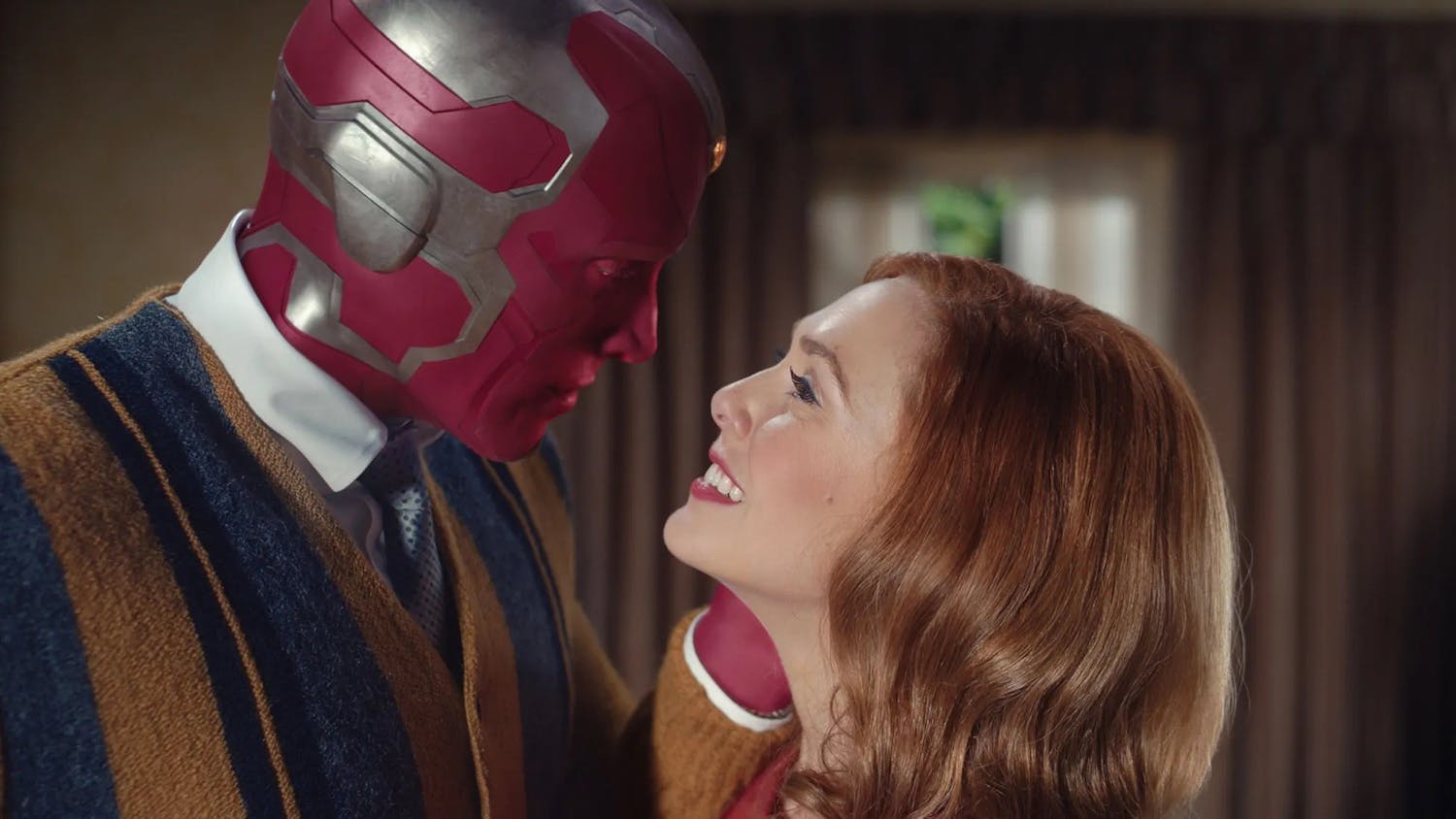Few entertainment franchises enjoy the widespread recognition that “Halo” has achieved. The latest installment, “Halo 4,” marks a new era for the series as the first release from 343 Studios, the company charged with taking over for the legendary development studio Bungie. With this impending transition, it seemed like the perfect time to reflect on the history of this incredibly influential video game series.
When Microsoft decided to enter the console race in 2001 with the Xbox, they recognized they needed a blockbuster franchise to accompany their unproven product. Enter “Halo: Combat Evolved,” a title that began originally as a PC-only, real-time strategy (RTS) game. In the subsequent months after its launch, “Halo” quickly became the most important title in sustaining Microsoft’s fledgling console.
The game revolutionized first-person shooter controls on consoles, a genre that thrived on PC but hadn’t yet translated successfully to consoles. Industry standards such as regenerating health and an unhealthy obsession with space marines began with this first release from Bungie. The popularity of “Halo” even spawned its own sub-genre, “Halo-killers,” a moniker given to other companies’ attempts at creating a title that could compete with Microsoft’s runaway success.
It’s hard to overstate the pervasiveness of “Halo” in gaming culture, particularly the brilliance of its multiplayer option that spawned countless local area network (LAN) parties across the country. Although later releases utilized Xbox Live for online play, it could never quite match the magic of gathering a dozen sweaty adolescents into a dark basement for a 12-player death match, gorging on Mountain Dew for hours upon end… (obviously this is not drawn from personal experience).
In 2004, “Halo 2” had incredibly lofty expectations from fans and delivered almost flawlessly. Although some cried foul over the surprise twist of controlling the Arbiter in the campaign (still my favorite character) and the cliffhanger ending, the multiplayer demonstrated Bungie’s impeccable quality en route to dominating the Xbox Live charts for two years until the release of “Gears of War” for the Xbox 360.
Gamers waited with bated breath in the interim years as Microsoft launched their new console, the Xbox 360, until the final conclusion to Bungie’s original trilogy, “Halo 3,” finally arrived on Sept. 25, 2007. Guiding Master Chief, Halo’s perpetually stoic protagonist, on his final mission to destroy the Flood he had unleashed in the first title, gave players the satisfaction they had sought for three years since “Halo 2” left them jettisoning into space.
Although I consider “Halo 3” the apex of the series, the slow decline of my favorite franchise in gaming after this release was disheartening to watch. In 2009, “Halo Wars” released as the best-selling console RTS game to date, but the name “Halo” meant seemingly impossible expectations. Microsoft shut down the developer, Ensemble Studios, before launch.
Later that year Bungie put forth their weakest effort to date, “Halo 3: ODST.” Putting players in control of a regular soldier in the midst of a Covenant invasion on Earth sounded intriguing, but the weaker protagonist and excessive backtracking made the title seem like Bungie had lost interest in their defining franchise.
As a subsidiary of Microsoft, Bungie was beholden to their contract and therefore forced to put out a specific number of “Halo” titles before becoming bereft of any legal obligations. Fulfilling their contract, Bungie released their swan song, “Halo: Reach,” in 2010. In a one-off storyline, “Halo: Reach” tells the tale of a group of Spartan III’s who fruitlessly try to stave off the invading Covenant. The title represented a return to form for Bungie, with the most impressive entry since “Halo 3” and an overhauled multiplayer featuring loadouts and armor abilities.
Despite these innovations, none of the new entries had sufficiently piqued my interest and I continued to return to “Halo 3” when looking for the most satisfying “Halo” experience. This hollow feeling continued last year when “Halo: Anniversary” was released, overhauling the first title with a shiny coat of HD paint. Dismissing the title as a cash grab by Microsoft, it seemed that the last hope for the taxed-out franchise was the impending release of “Halo 4” by internal Microsoft developer, 343 Studios.
The company’s enthusiasm and decision to introduce new locales and enemies illustrate they may be the perfect remedy for a property that has gone stale in recent years. Perhaps nothing will ever match that perfect confluence of free time and rabid excitement that made “Halo 3” so special, but if 343 is able to rekindle even a tiny bit of that original ecstasy when I turn on my Xbox tonight, I’ll be happy.
Want to reminisce on the good old days and set up a LAN party with Adam? Schedule a date with him at arparis@wisc.edu.






